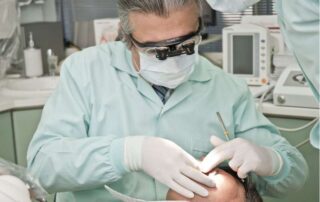POISON’s Rikki Rockett wants to get word out about immunotherapy after being declared cancer-free
Source: blabbermouth.net Author: staff Rikki Rockett, drummer for the band POISON, got the best news of his life last week: his cancer is gone. Rockett was diagnosed with oral cancer more than a year ago. Several months ago, he came to Moores Cancer Center at UC San Diego Health, where he underwent experimental cancer immunotherapy, which has now eradicated the tumor. Rockett says he joined the clinical trial not only out of concern about himself, but also about being around for his three-year-old daughter, Lucy, and his seven-year-old son, Jude. Immunotherapy is a relatively new form of treatment that boosts the body's immune system, better enabling it to attack cancer cells. Under the care of Ezra Cohen, MD, professor of medicine and associate director for Translational Science at Moores Cancer Center, Rockett participated in a clinical trial that is testing a combination of two immunotherapy drugs that remove defenses cancers use against the immune system. This type of treatment is only available at a few specific medical centers around the country. "We are delighted that Rikki responded so well to immunotherapy. He had already been through a lot with chemotherapy and radiation treatment before he came to us, but his cancer recurred," said Cohen, who also leads the Solid Tumor Therapeutics Program at Moores Cancer Center, a National Cancer Institute-Designated Comprehensive Cancer Center. "That's the advantage of immunotherapy over traditional therapy — there are fewer side effects, we can specifically eradicate cancer cells almost anywhere in the body, and it's [...]

